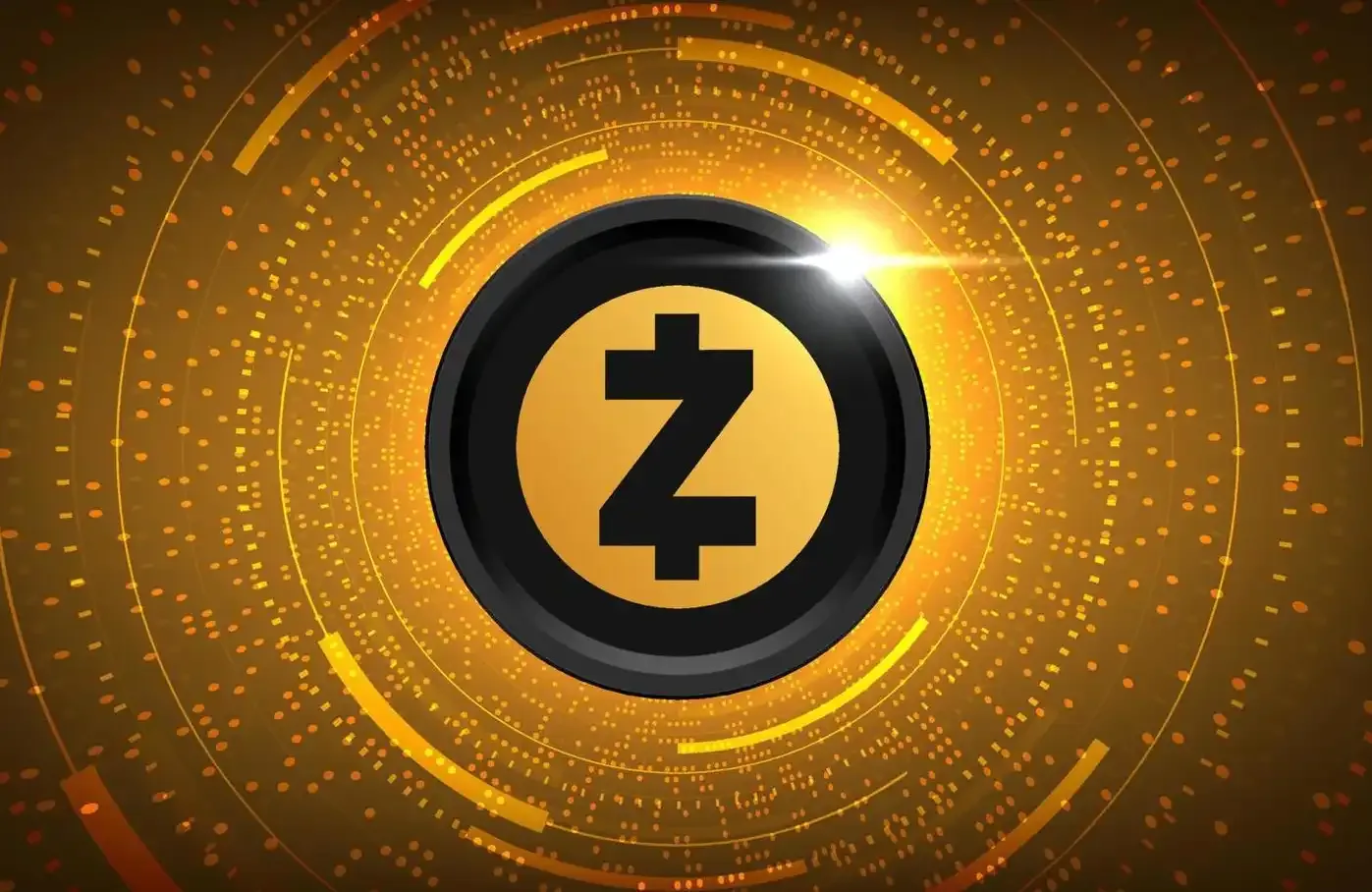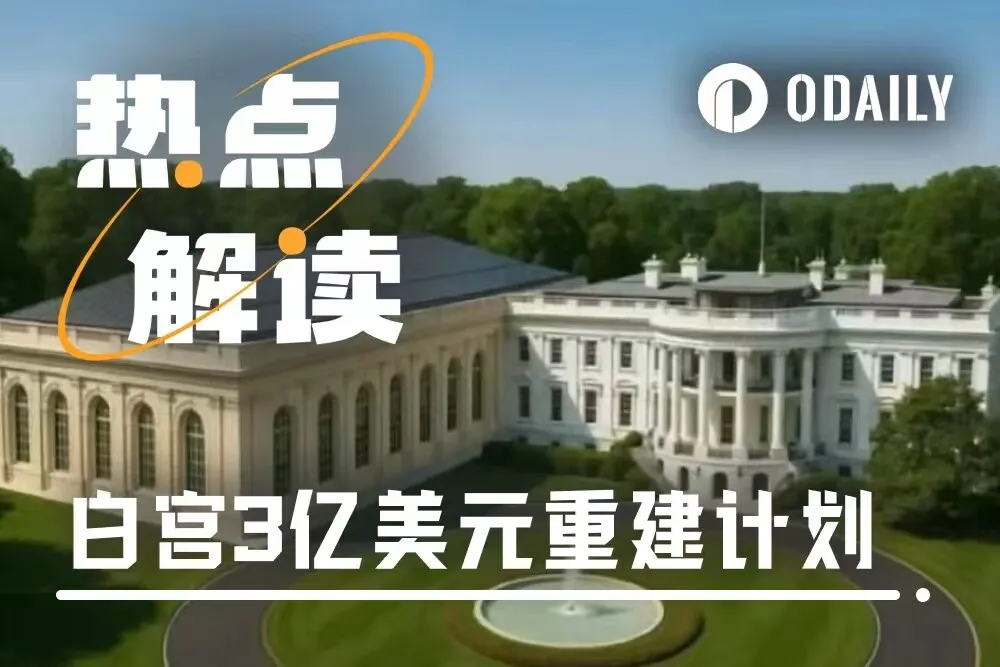U.S. Treasury Secretary Bessent's statement that "no longer considering a 100% tariff increase on China" instantly ignited global market risk sentiment, prompting cryptocurrency investors to turn their attention to this negotiation that affects the global economic landscape.
On October 26, after a two-day meeting in Kuala Lumpur, Malaysia, the U.S. Treasury Secretary Bessent announced that both sides had reached a "very substantial framework agreement" and decided not to consider a 100% tariff increase on Chinese goods.
The easing of U.S.-China trade relations occurs at a critical juncture six months into the implementation of Trump's tariff policy. During this period, the tariff war initiated by the U.S. has shown signs of backlash: Germany is no longer the U.S.'s largest trading partner, Japan's trade surplus with the U.S. has dropped significantly by 22.6%, American farmers are facing a sharp decline in agricultural exports, and domestic inflation in the U.S. continues to rise due to tariff policies.

1. Breakthrough Progress in U.S.-China Economic and Trade Consultations
During the fifth round of U.S.-China economic and trade consultations held in Kuala Lumpur, Malaysia, from October 25 to 26, both sides achieved what is described as "very substantial progress." U.S. Treasury Secretary Bessent stated after the talks that the U.S. and China had reached a "very successful framework", emphasizing the key concession that the U.S. would no longer consider a 100% tariff increase on Chinese goods.
In these consultations, both sides engaged in "frank, in-depth, and constructive" discussions on several core issues. According to publicly available information from the Chinese side, these issues include:
● U.S. Section 301 investigation measures on maritime logistics and shipbuilding industries related to China
● Extension of the suspension period for reciprocal tariffs
● Fentanyl tariffs and law enforcement cooperation
● Agricultural trade
● Export controls
Li Chenggang, China's international trade negotiation representative and vice minister of commerce, stated that both sides have formed a preliminary consensus on "properly addressing several important economic and trade issues of mutual concern," and the next step will be to fulfill their respective domestic approval procedures.
This breakthrough is not an isolated event but rather the result of the ongoing evolution of U.S.-China economic and trade relations over the past six months. Below is a summary of key milestones in Trump's tariff policy since 2025:
Table: Key Timeline of Trump's Tariff Policy Towards China in 2025
Date
Policy Action
Key Content
April 2025
Declared a "national emergency"
Imposed a 10% baseline tariff globally on national security grounds
May 12, 2025
Signed an executive order to reduce tariffs on China
Temporarily reduced tariffs on China to 10% for 90 days
August 11, 2025
Continued to suspend tariff increases
Extended the suspension period for tariffs on China to November 10
October 26, 2025
Kuala Lumpur consultations reached a framework
No longer considering a 100% tariff increase on China, reached a preliminary consensus
Source: Compiled by AiCoin
2. Comprehensive Effects of the Trade War After Six Months
The Trump administration has been engaged in a tariff war for six months, and its backlash effects are becoming evident in multiple dimensions.
Reconstruction of Trade Patterns: The economic and trade relations between the U.S. and other countries have changed significantly.
● According to the latest data from the Federal Statistical Office of Germany, in the first eight months of 2025, the U.S. is no longer Germany's largest trading partner, with China taking its place.
● This change is closely related to the U.S. imposing tariffs and raising trade barriers. From January to August 2025, Germany's exports to the U.S. amounted to 101 billion euros, a year-on-year decrease of 6.5%. In August alone, exports were only 10.9 billion euros, a year-on-year decline of 20.1%, marking a new low since November 2021.
Severe Impact on U.S. Agricultural Exports.
● In September, as the world's largest soybean importer, China imported zero soybeans from the U.S., down from 1.7 million tons in the same month last year, marking the first time since November 2018.
In stark contrast, South American soybeans are selling well.
● Maryland farmer David Brill expressed concern: "This is going to be a very, very tough year. According to calculations by Iowa State University professor Chad Hart, the number of farm bankruptcies in the U.S. is expected to surge by about 50% compared to 2024."
Rising Inflation Pressure.
● Research from the Federal Reserve Bank of St. Louis found that between June and August, the tariffs imposed by Trump increased the overall PCE growth rate by 0.5 percentage points. The average PCE growth rate during this period was 2.85%. The study pointed out that tariffs account for a significant portion of recent inflation.
3. Accumulating Domestic and International Pressures
The Trump administration's tariff policy is facing backlash not only from the international community but also growing opposition domestically.
Economists' Joint Opposition. Nearly 50 prominent economists, including former Federal Reserve Chairmen Bernanke and Yellen, have joined forces to pressure the U.S. Supreme Court to overturn most of the global tariffs imposed by Trump.
● These economists, with varying political views, pointed out in a brief submitted to the court that Trump's tariff policy is based on a misunderstanding of the global economy. They criticized Trump for imposing tariffs on countries based on trade deficits that are nearly impossible to balance.
● In the document, these economists wrote: "Reciprocal tariffs do not 'solve' trade deficits." They added: "This is very basic economics, but its implications are profound."
Supreme Court Challenge. The U.S. Supreme Court has announced that it will quickly review the legality of most tariffs imposed by the Trump administration and will hear oral arguments on November 5.
● The tariffs involved in the lawsuit include the 10% "baseline tariff" imposed globally under the 1977 International Emergency Economic Powers Act (IEEPA) and higher tariffs on trade partners that have not reached trade agreements with the U.S., as well as the so-called "fentanyl tariffs."
Reconstruction of International Relations. In response to the U.S. tariff policy, countries are actively seeking alternatives.
● Canadian Prime Minister Carney bluntly stated in a speech that the close ties between the U.S. and Canada, which were once an advantage, have now become a liability for Canada. "Our relationship with the U.S. can never return to what it was."
● Carney is looking towards markets outside the U.S.: "In the next ten years, we aim to double Canada's exports to non-U.S. countries, creating over 300 billion Canadian dollars in new trade."
4. Easing Trade Tensions as a Positive for Crypto Assets
The easing of U.S.-China trade tensions has the most direct impact of lowering global market risk premiums, driving funds back into risk assets. As a representative category of high-risk preferences, cryptocurrencies may see an influx of traditional market funds.
From multiple dimensions, the easing of trade tensions brings the following impacts to the crypto market:
● Price and Trading Aspects: During the escalation of the trade war, Bitcoin showed a positive correlation with traditional risk assets. Once trade tensions ease, this correlation may weaken, and Bitcoin will re-emphasize its independent market characteristics.
As market sentiment warms, the activity during Asian trading hours may significantly increase, especially as Chinese investors may increase their allocations through stablecoins like USDT, boosting the trading volume of the Bitcoin/USDT pair.


On-chain Fundamentals: Following the announcement of the trade truce, the number of large transactions on the Bitcoin blockchain (over $100,000) has increased, indicating a resurgence in institutional participation. The supply of stablecoins continues to grow steadily, providing ample liquidity for the market.
● Funds and Liquidity: As trade tensions ease, the appeal of the safe-haven currency, the U.S. dollar, declines, with the dollar index falling below 100. A weaker dollar is generally favorable for dollar-denominated crypto assets, as it reduces the cost for international investors holding such assets.

● Industry and Sentiment: The crypto industry has responded positively to the progress in U.S.-China trade. Trade barriers and tariff costs for mining machines, chips, and other related equipment may decrease, benefiting the optimization of the global Bitcoin mining industry chain.
Table: Changes in Trade Surplus with the U.S. by Major Countries/Regions (2025)
Country/Region
Period
Change in Trade Surplus with the U.S.
Main Reasons
Japan
April-September 2025
Decreased by 22.6%
Automobile tariffs remain high at 15%
China
First half of 2025
Decreased by 29.8%
Mutual imposition of high tariffs
Eurozone
April-August 2025
Decreased by 20%
Exports to the U.S. decreased by 5%, imports increased by 4%
Source: Compiled by AiCoin
5. Tariff Uncertainty Not Fully Resolved, Cautious Monitoring of Subsequent Developments
Although the U.S.-China economic and trade consultations have made positive progress, crypto investors still need to pay attention to the following potential risks:
● Supreme Court Tariff Ruling: The U.S. Supreme Court will hear oral arguments regarding the legality of tariffs imposed by the Trump administration on November 5. Nearly 50 economists, including Bernanke and Yellen, have submitted written opinions calling for the overturning of these tariffs.
If the Supreme Court rules the tariffs illegal, it could trigger a new round of policy uncertainty, affecting global markets.
● Tariff Decision on November 10: According to the executive order issued on August 11, the suspension period for tariffs on China will expire on November 10. Whether the Trump administration will further extend the suspension or propose new conditions will directly impact market direction.
● Confidence Issues in Dollar Assets: Former Treasury Secretary Yellen has warned that Trump's tariff policy has led to "foreign investors feeling concerned about confidence in the U.S." If the credibility of the dollar continues to be damaged, although it may temporarily benefit crypto assets, it could lead to a global liquidity crisis in the long term, affecting all risk assets.

Investors should closely monitor the following core dynamics to assess the subsequent market direction:
● Expected Meeting Between Trump and Chinese Leaders: U.S. Treasury Secretary Bessent revealed that the framework reached in the consultations will be discussed by "the two heads of state on Thursday (30th)."
If the meeting occurs as scheduled and confirms the framework agreement, market risk appetite is expected to improve further.
● Key U.S. Economic Data: The upcoming weeks will see the release of U.S. inflation, employment, and GDP data, which will influence the Federal Reserve's policy stance and subsequently affect the crypto market through liquidity channels. Special attention should be paid to the non-farm payroll report on November 1 and the CPI data on November 12.
The breakthrough progress made in U.S.-China economic and trade consultations has created a rare favorable environment for the crypto market. The easing of trade tensions has reduced tail risks to the global economy, boosting risk appetite, along with a weaker dollar index and declining attractiveness of U.S. bonds, collectively forming favorable conditions for crypto assets.
Join our community to discuss and grow stronger together!
Official Telegram community: https://t.me/aicoincn
AiCoin Chinese Twitter: https://x.com/AiCoinzh
OKX benefits group: https://aicoin.com/link/chat?cid=l61eM4owQ
Binance benefits group: https://aicoin.com/link/chat?cid=ynr7d1P6Z
免责声明:本文章仅代表作者个人观点,不代表本平台的立场和观点。本文章仅供信息分享,不构成对任何人的任何投资建议。用户与作者之间的任何争议,与本平台无关。如网页中刊载的文章或图片涉及侵权,请提供相关的权利证明和身份证明发送邮件到support@aicoin.com,本平台相关工作人员将会进行核查。



